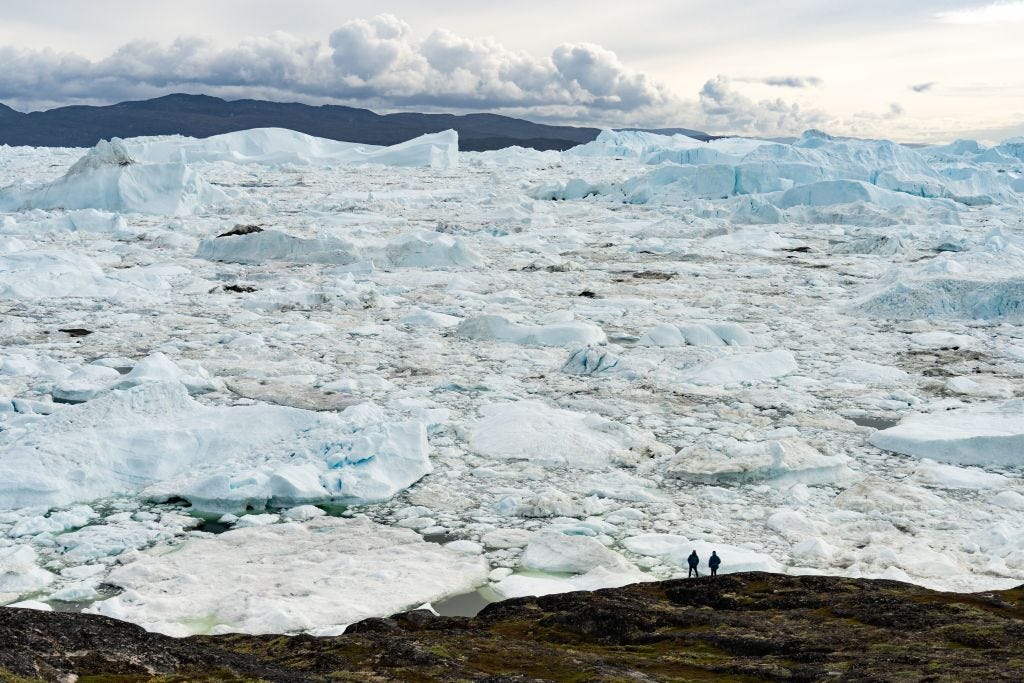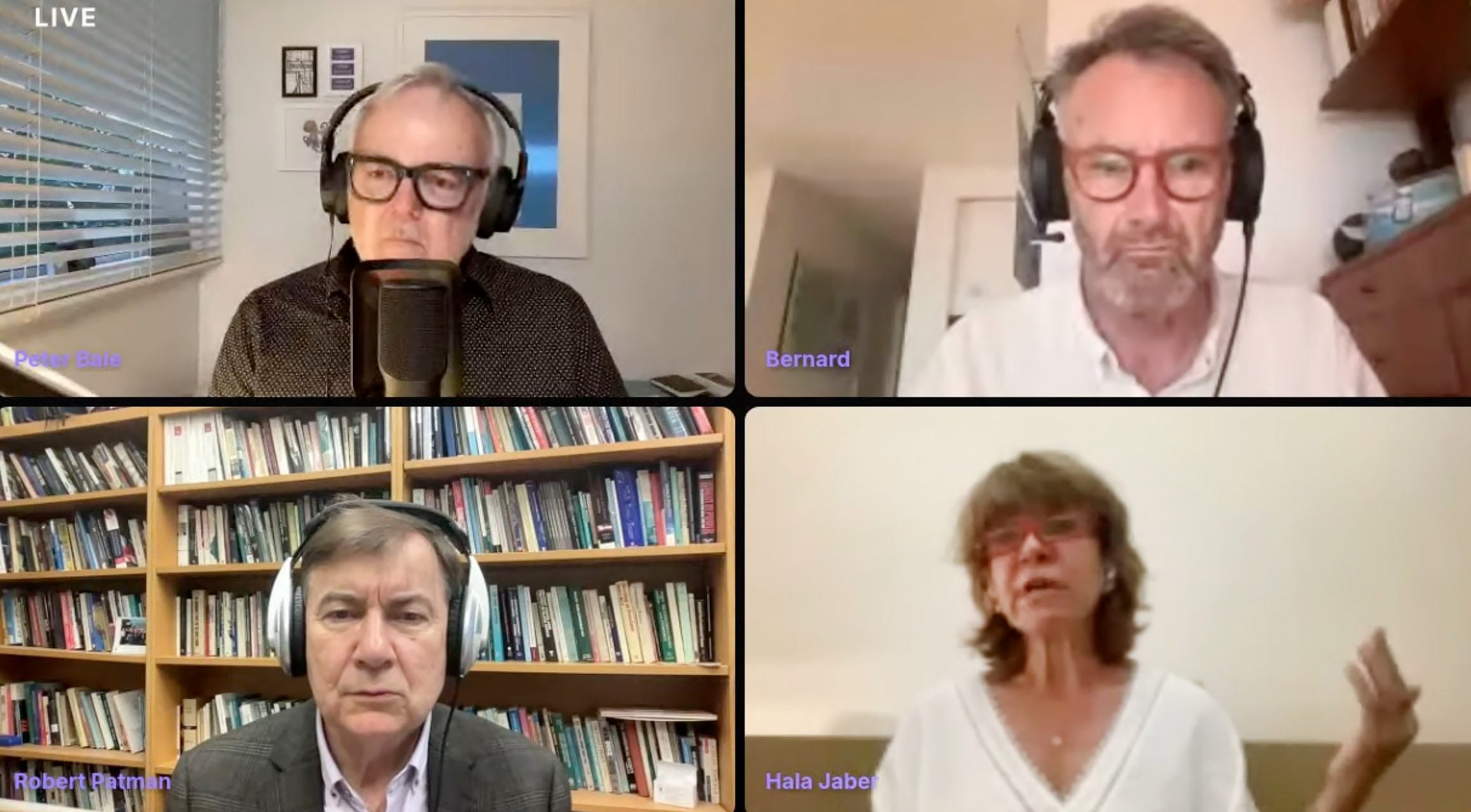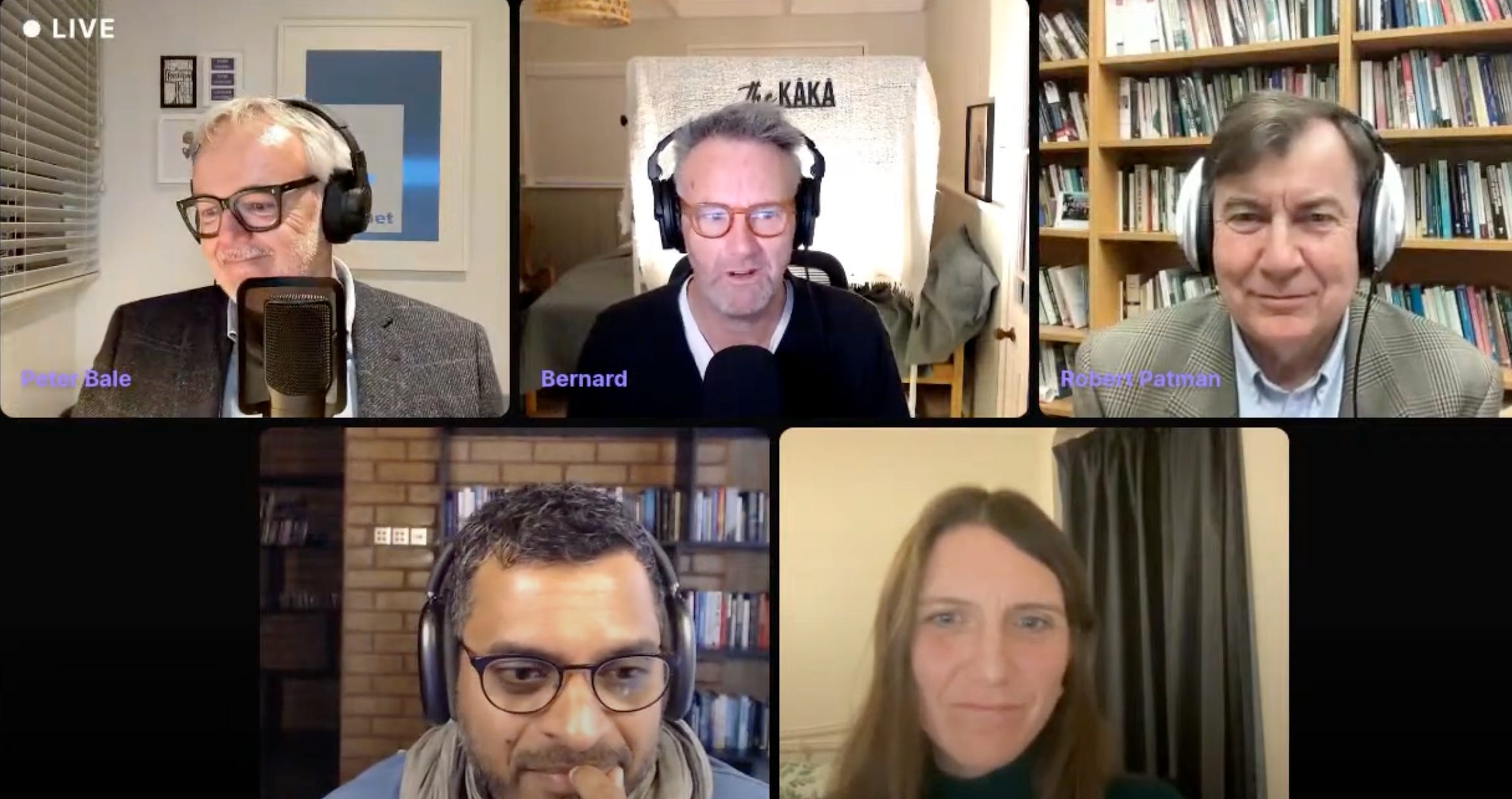Weekly Climate Wrap: Will the planet run AMOC?
Description
TL;DR: Here’s the top news items of note in climate news for Aotearoa-NZ this week, and a discussion above between Bernard Hickey and The Kākā’s climate correspondent Cathrine Dyer:
* Two new academic studies attempt to pinpoint tipping risks. One modelled tipping risk from four interconnected tipping elements, based on current policy paths that overshoot 1.5˚C, and estimated the tipping risk to be 45% by 2300, even if temperatures are brought back below the target this century. Climate action this decade can have a significant impact on the level of risk, they say.
* Another study, yet to be peer-reviewed or published, modelled just one tipping element, the Atlantic Meridional Overturning Circulation (AMOC). Shockingly, it found a greater-than-even chance of an AMOC collapse before 2050. The impact of such a collapse would profoundly affect much of the Northern Hemisphere.
* Energy Minister Simeon Brown has offers up his grand plan for importing LNG that solves neither the immediate nor the long-term electricity supply crisis, while the country’s largest gas and energy customers, Methanex and Tiwai Point ramp down their operations (and their associated exports), to offset the short-term pain.
* Propublica has a great scoop this week, gaining access to training videos for The Heritage Foundation’s Project 2025 and its secret 180-day Playbook for getting an army of political appointees in place to fight the deep state and rapidly advance a right-wing agenda should Trump win the US election. The videos include plans to “eradicate climate change references from absolutely everywhere”.
(See more detail and analysis below, and in the video and podcast above. Cathrine Dyer’s journalism on climate and the environment is available free to all paying and non-paying subscribers to The Kākā and the public. It is made possible by subscribers signing up to the paid tier to ensure this sort of public interest journalism is fully available in public to read, listen to and share. Cathrine wrote the wrap. Bernard edited it. Lynn copy-edited and illustrated it.)
1. Some ‘hard to ignore’ research into the looming tipping points
In international science news, research attempting to pin down more specific information on tipping points and their timing is emerging.
An article published in Nature magazine says that if we were to follow current policies in place this century, which overshoot 1.5˚C, it would commit the world to a 45% tipping risk by 2300, even if the temperature is subsequently brought back below 1.5˚C. The tipping risk increases for every 0.1˚C of temporary overshoot.
The study uses an Earth System Model of four interconnected climate tipping elements. The paper emphasises that planetary stability relies on stringent emissions reductions in the current decade.
One particular tipping element (one of the four included in the modelling above) that has been receiving a lot of attention in recent years is the Atlantic Meridional Overturning Circulation or (AMOC), a vital system of currents in the Atlantic Ocean that have profound impacts on weather around the world.
2. When might the AMOC tip?
News about the AMOC has been increasingly concerning and a new, yet to be peer-reviewed study, is the most dramatic and worrying yet, suggesting that a tipping point may be much, much nearer than 2300. The research uses a state-of-the-art model that focuses specifically on estimating the likely timing of a collapse. The results suggest that the AMOC is more likely than not to collapse by 2050.
Like a conveyor belt, the AMOC pulls warm surface water from the southern hemisphere and the tropics and distributes it in the cold North Atlantic. The colder, saltier water then sinks and flows south. The mechanism keeps parts of the Southern Hemisphere from overheating and parts of the Northern Hemisphere from getting unbearably cold, while distributing nutrients that sustain life in marine ecosystems.
The impacts of an AMOC collapse would leave parts of the world unrecognizable.
In the decades after a collapse, Arctic ice would start creeping south, and after 100 years, would extend all the way down to the southern coast of England. Europe’s average temperature would plunge, as would North America’s – including parts of the US. The Amazon rainforest would see a complete reversal in its seasons; the current dry season would become the rainy months, and vice versa.
An AMOC collapse “is a really big danger that we should do everything we can to avoid,” said Stefan Rahmstorf, a physical oceanographer at Potsdam University in Germany who was not involved in the latest research.
The Southern Hemisphere would become warmer than currently predicted in the case of an AMOC collapse, as less heat would be transported northward.
Rahmstorf said that five or so years ago he would have agreed that an AMOC collapse this century was unlikely, though even a 10% risk is still unacceptably high “for a catastrophic impact of such magnitude.”
“There’s now five papers, basically, that suggested it could well happen in this century, or even before the middle of the century,” Rahmstof said. “My overall assessment is now that the risk of us passing the tipping point in this century is probably even greater than 50%.”
The pre-print (yet to be peer-reviewed and published) of the paper can be read in full here.
Specifically, it estimates the probability of an AMOC collapse before 2050 at 59 ± 17%. If the paper makes it through peer-review largely intact, it should cause a serious rethink of our global approach to reducing emissions as the scale of risk is almost unimaginable.
3. Markets can’t solve it, and the Govt won’t - but it WILL import more gas
Having cancelled the previous Government’s oil and gas exploration ban, Energy Minister Simeon Brown now wants to start importing LNG. That won’t solve the immediate crisis, of course. Or the long-term one, for that matter.
Brown has been quick to blame the previous government's ban on new oil and gas exploration for a shortage in gas to get us through the entirely predictable current dry year issue. But a great explainer in The Conversation by a group of Canterbury University academics points out that a record amount was spent on drilling new wells between 2020 and 2024. It just didn’t produce much new gas and now energy companies think there is less there than they previously thought.
This, combined with policies that change with each new government, means that energy companies will be slow to respond to the new policy regime while both gas and electricity markets lack the ‘confidence to move’. Another way to put it is that markets can’t solve the problem and Governments won’t. What a pickle.
According to The Conversation article, every short-term solution involves a trade-off that impacts GDP (that shouldn’t be a surprise given how tightly correlated energy and GDP are). And that is what has eventuated with both Methanex (the country’s largest domestic user of indigenous gas) and Tiwai Point (the country’s largest renewable energy customer), both significant exporters, agreeing to ramp down their operations temporarily.
The option to strategically toggle production up and down to off-set variable energy availability is one that has been under-explored until now. The situation with Tiwai Point and Methanex has evolved almost organically, but should we put a tail on it and call it a cunning plan? Where are the feasibility plans for strategically over-building renewable energy alongside industries that can exp
























